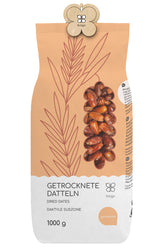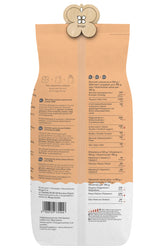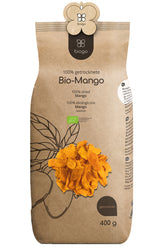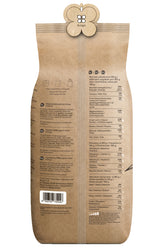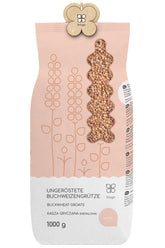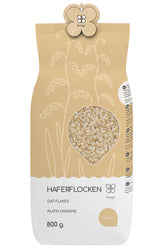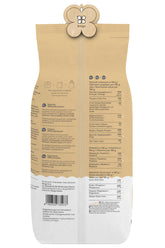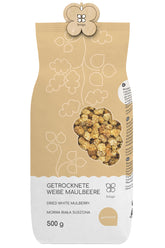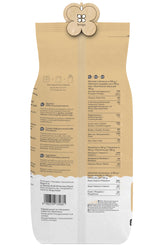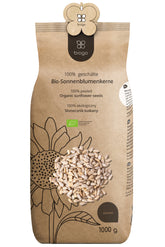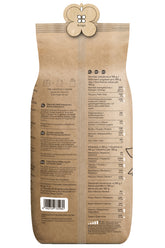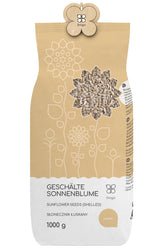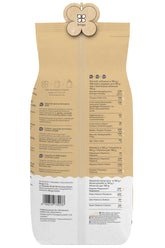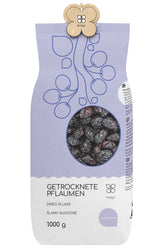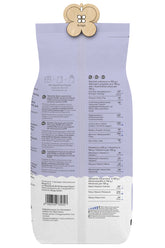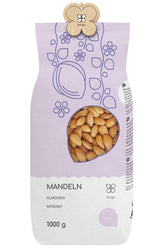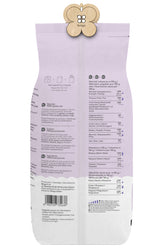Umami – the fifth taste transforming culinary arts and health
When we think of basic tastes, we typically think of sweet, sour, salty, and bitter. But there's a fifth taste that has gained increasing importance in recent years: umami. This Japanese term describes a special, intense flavor that's revolutionizing our understanding of culinary arts and nutrition.
What is umami?
Umami is a Japanese word meaning 'delicious' or 'savory.' It represents a distinct taste that differs from the other four basic tastes: sweet, sour, salty, and bitter. Umami is characterized by a rich, meaty, and satisfying note that stimulates our palate in a very special way.
This taste is created by certain amino acids and nucleotides found in many natural foods like meat, fish, vegetables, mushrooms, and cheese. The most important umami carriers include glutamate, inosinate, and guanylate. These substances bind to special taste receptors on our tongue, triggering the umami sensation.
The history of umami taste
Although umami only came into public focus in recent decades, this taste has a long tradition. Even in ancient China and Japan, umami was used in cooking to give food a special, intense flavor.
Japanese chemist Kikunae Ikeda discovered umami in 1908 while analyzing the taste of dashi, a traditional Japanese broth. He recognized that this taste didn't correspond to the four known basic tastes and coined the term umami for it. Since then, the understanding of umami has steadily evolved.
Umami in modern cuisine
In recent years, umami has gained increasing importance in culinary arts. Many top chefs deliberately use this unique taste to give their dishes a distinctive character. Umami can play a significant role both in preparation and in ingredient combinations.
For example, chefs use ingredients like Parmesan, tomatoes, mushrooms, or soy sauce to increase the umami content of their dishes. The fermentation of foods, as with miso or sauerkraut, also boosts the umami component. Through skillful combination of these umami-rich ingredients, chefs can intentionally influence the intensity and depth of flavor.
Additionally, many top chefs use techniques like roasting, frying, or caramelizing to further enhance the umami content of their dishes. These preparation methods release additional amino acids and nucleotides that intensify the umami effect.
Umami and Health
Beyond its importance in culinary arts, umami is also gaining increasing relevance regarding health and nutrition. Studies show that umami-rich foods are not only delicious but also very nutrient-dense.
Many umami carriers like meat, fish, mushrooms, or tomatoes contain important vitamins, minerals, and phytochemicals. Moreover, umami flavor compounds can also have positive effects on our feeling of satiety. They stimulate the production of digestive juices and thus contribute to a longer-lasting feeling of fullness.
Especially for older people, umami taste can be of great importance. With increasing age, the senses of smell and taste often decline, which can lead to loss of appetite and malnutrition. Umami-rich foods can help here and enhance the enjoyment of eating.
Natural Umami Sources
To optimally utilize umami flavor in cooking, it's important to know the right ingredients. Beyond the already mentioned foods like Parmesan, tomatoes, or mushrooms, there are many other natural umami providers:
- Seafood like oysters, sardines, or tuna
- Dried mushrooms like shiitake or porcini
- Fermented foods like soy sauce, miso, or Worcestershire sauce
- Vegetables like celery, onions, or garlic
- Legumes like peas, beans, or lentils
Herbs like rosemary, thyme, or bay leaves also contribute to the umami taste through their components. By intentionally using these natural umami sources in our cooking, we can perfectly round off and refine the flavor of our dishes.
Conclusion
Umami is far more than just a taste – it's an important component of our cooking culture and nutrition. By understanding and intentionally using it in the kitchen, we can not only enhance the enjoyment of our meals but also achieve positive effects on our health.
Whether in traditional Japanese dishes or modern haute cuisine – umami has become indispensable in the culinary world. Let yourself be inspired by this fascinating fifth taste and discover the diversity of natural umami sources for yourself!

